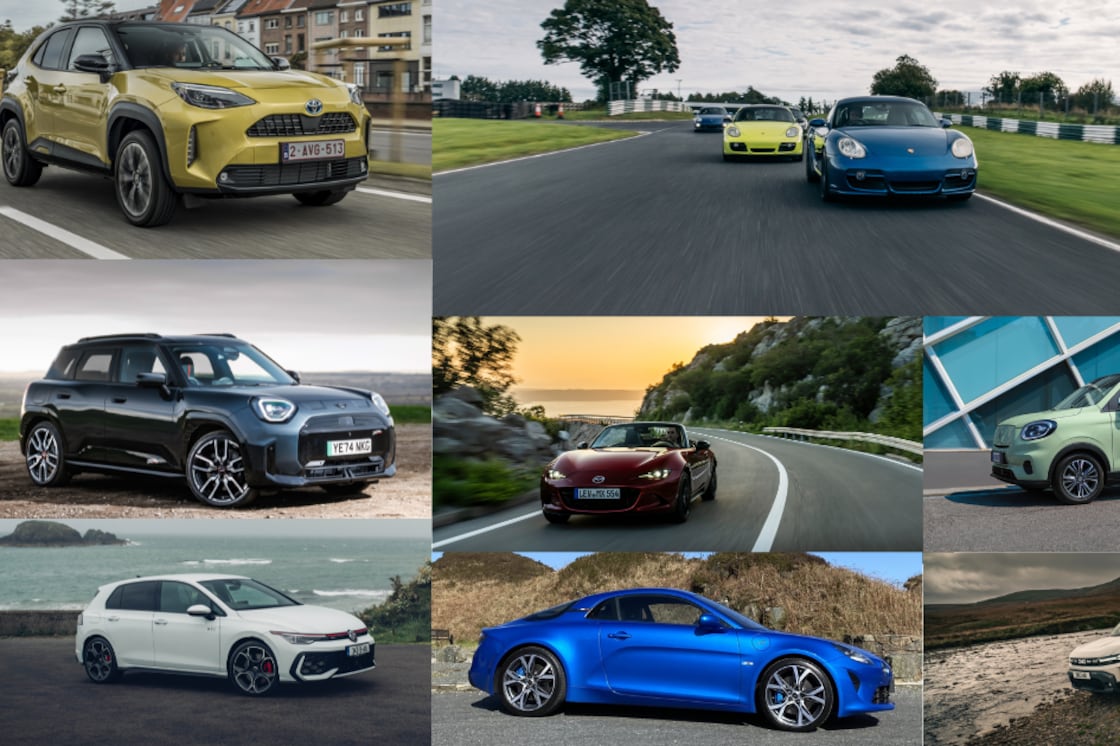The electric motor is, in theory, a humble thing. There’s one in your food processor, another in your washing machine, and increasingly – albeit with something of a slowdown in the past few months – there’s one in your car.
You can make a simple electric motor with a couple of AA batteries, some copper wire, and a paperclip. Just wind enough copper around the centre of the clip, touch the ends to the battery and you’ll create a tiny electromagnet with enough power to spin itself. It’s the simplest form of the technology, but fundamentally that’s how the mighty high-torque motors of Tesla, Porsche, BMW and so many more function.
However, there seems to be precious little focus on electric motors when it comes to the development of the electric car. So far, almost all of the focus – at least at a level where most of us are aware of it – has been in the field of batteries. Better batteries, bigger batteries, safer batteries, batteries which charge more quickly, last longer and bridge the gap in performance and convenience between electric cars and their diesel and petrol progenitors.
The motor? It’s a simple device. Don’t worry about it.
READ MORE
Well, some have worried, and chief among the some is DeepDrive, a Munich-based start-up which is innovating in the field of in-wheel electric motors. Now, in-wheel electric motors are not really all that new a thing. In fact, they’ve been around since the dawn of the electric car, but in general – so far, anyway – simpler centrally-located electric motors, which drive the wheels of a car via a transmission shaft (just as a petrol or diesel car does) have been preferred.
Why? Because such central-motor-and-shaft layouts are simpler, cheaper and have less unsprung weight (we’ll come back to that in a moment).
DeepDrive, though, reckons that it’s close to unlocking the true potential of in-wheel motors, and doing so could be another major step on the road of making electric cars better for everyone.
How does DeepDrive reckon it’s doing this? By creating what’s called a dual rotor radial flux electric motor. Don’t worry, this isn’t as mind-boggling as it sounds. Basically, in a conventional electric motor, the copper wire windings – known as the stator – are mounted either around or inside the rotor – the bit that turns, and which ultimately drives the wheels. DeepDrive’s design splits the rotor into two parts, with the stator – the copper winding bit – sandwiched in between. The idea is that having two rotors, turning at the same time, increases the power and torque output for a given size of motor.
The ability to send power individually to each wheel, with instantaneous response, also has the potential to dramatically change the game when it comes to the speed and handling of high-performance models
Having more power for a smaller size means that it’s easier to mount the motor directly to the wheel, and that brings potentially huge benefits. For a start, they are potentially more efficient, because the motor just has to turn the wheel directly, rather than first turning a prop-shaft which eventually turns the wheel, so frictional losses are reduced.
[ New electric vehicle sales fall by a quarter in first half of the yearOpens in new window ]
There are also potentially huge benefits when it comes to safety and performance. The amount of torque being put through the wheel – and DeepDrive claims that its new motors can produce as much as 2,400Nm of torque each – can be infinitely more finely measured and applied, and systems such as traction control and stability control will be able to be vastly more responsive and more precise in those responses. The ability to send power individually to each wheel, with instantaneous response, also has the potential to dramatically change the game when it comes to the speed and handling of high-performance models.
Until now, the big drawback of in-wheel motors has been the unsprung weight. Unsprung weight is basically the bits of a car that hang off the suspension. The body, the fuel tank, the cabin, the passengers – that’s all sprung weight and can be well-controlled. Unsprung weight is more pernicious, and too much of it can result in a car that feels leaden to drive and has poor handling, steering and braking responses.
This in-wheel tech could be the starting point for significant energy savings for EVs, and DeepDrive says its motors are compatible with the goal of an 800km-ranged electric car
DeepDrive reckons it’s getting around the unsprung weight in two ways. First, the motors themselves, thanks to the dual-rotor design, are already smaller and lighter. Secondly, because of the potential strength of their regenerative braking – using the inherent drag and friction of the motor to slow the car, while also returning some power to the battery – DeepDrive says the brakes of a car (big, heavy iron discs for most vehicles) can be reduced in size, and will need less cooling – a further weight saving.
DeepDrive says it’s also working with Continental on a unified in-wheel motor and brake design, which would be effectively a one-stop shop for acceleration and braking. Just plug it into your new electric car design and off you go.
This in-wheel tech could be the starting point for significant energy savings for EVs, and DeepDrive says its motors are compatible with the goal of an 800km-ranged electric car (although notably it doesn’t mention a battery size in that calculation).
BMW, for one, seems keen to exploit this new tech, doubtless helped by the fact that it and DeepDrive share a home city of Munich. Marcus Behrendt, managing director of BMW’s i-Ventures investment arm, said: “With its patented and unique e-motor architecture, DeepDrive will set completely new standards for e-mobility. The highly efficient e-motors offer major advantages in terms of weight, cost and space. They enable the next generation of efficient and resource-saving electric vehicles. DeepDrive’s e-motor technology is designed for easy and cost-effective mass production. We are pleased that our involvement can help this new technology achieve a breakthrough.”
It may be that BMW is also doing more than merely investing in a start-up. Already, Munich is hard at work on the new M-badged high-performance version of the incoming ‘Neue Klasse’ all-electric saloon, which will be badged i3 when it goes on sale in late 2026. An i3-M is already testing, with a reputed 700hp and, significantly, it has already been quietly confirmed that the car will feature four in-wheel motors for maximum control and the ability to send power to the wheel that can best use it. Plans are apparently also afoot for a two-motor rear-drive ‘Club Sport’ version, which will be lighter and slower, but possibly more enjoyable.
Felix Pörnbacher, DeepDrive’s co-founder and managing director, told The Irish Times: “One of the major challenges of almost all car manufacturers is the efficiency of electric vehicles. With our dual-rotor machine, we have developed a key technology that addresses this issue and is attracting extremely high interest from the industry. By focusing on disruptive innovation and leveraging our professional mass production expertise, we see ourselves as pioneers in electrifying mobility. In collaboration with our new, strong partners and existing supporters, we look forward to putting this technology on the road and winning the first series projects.”














